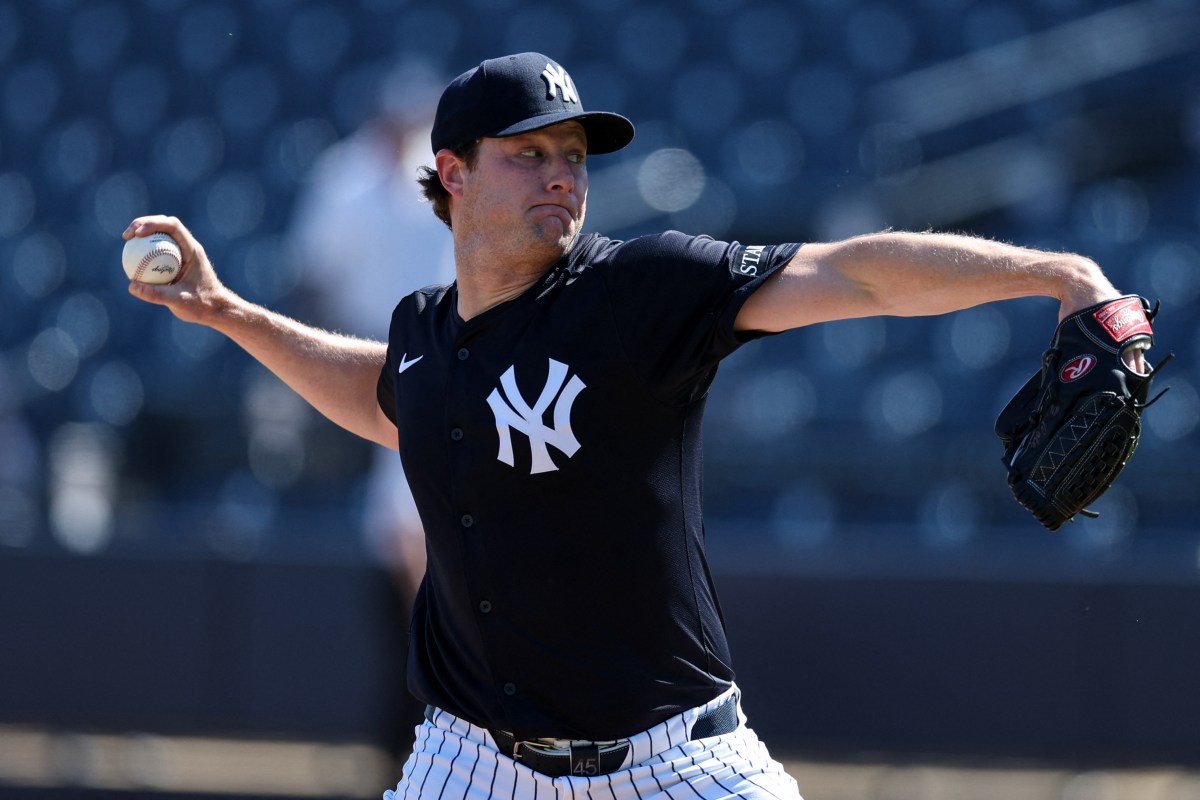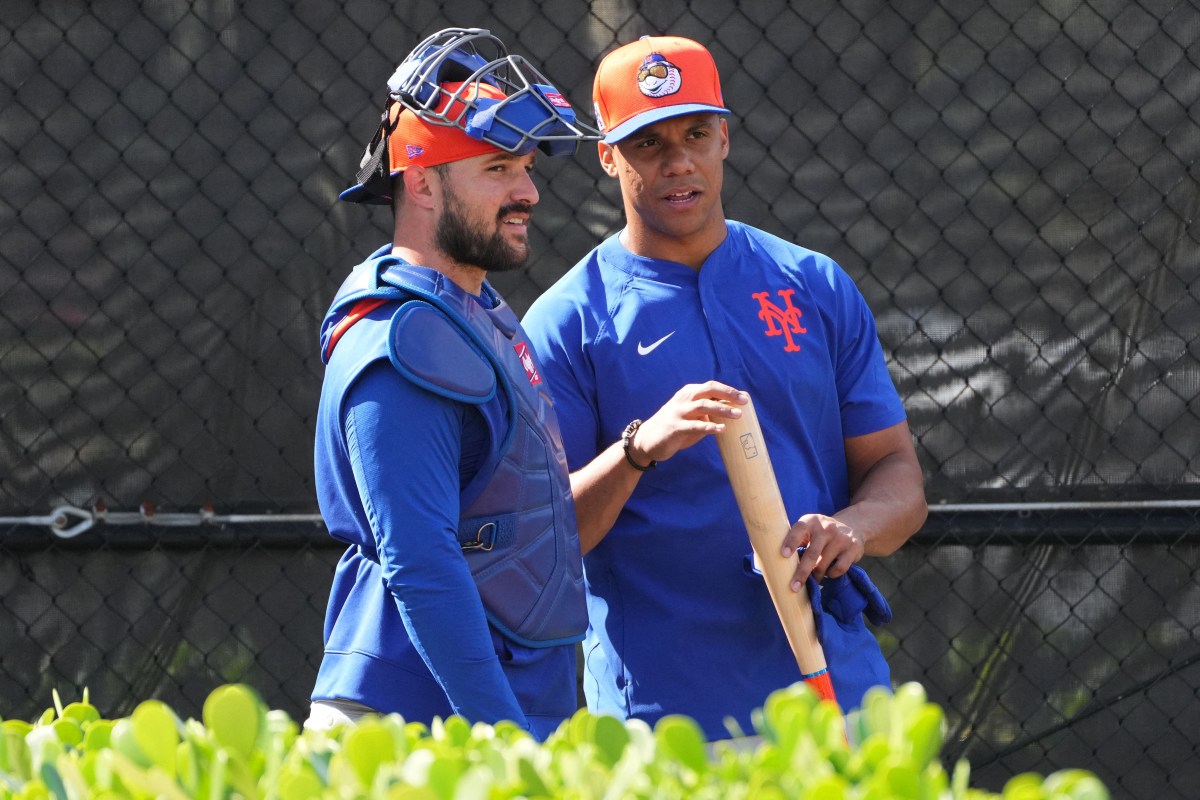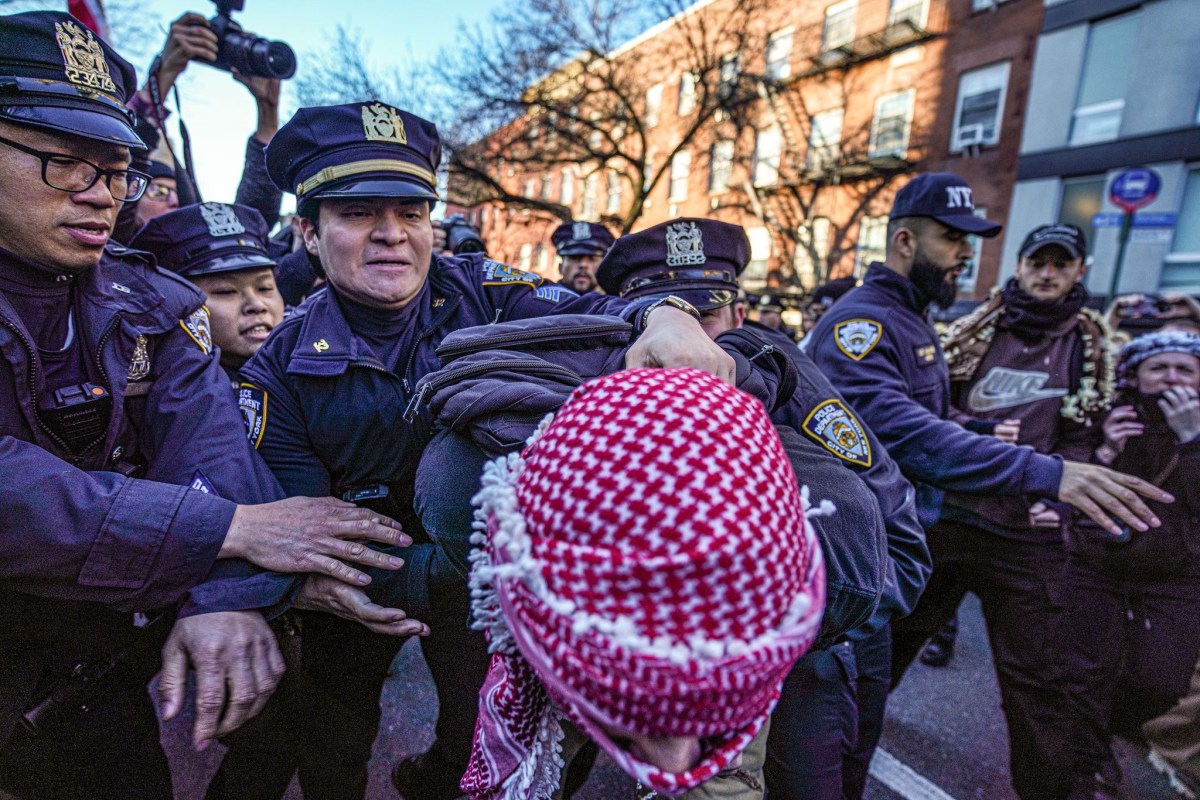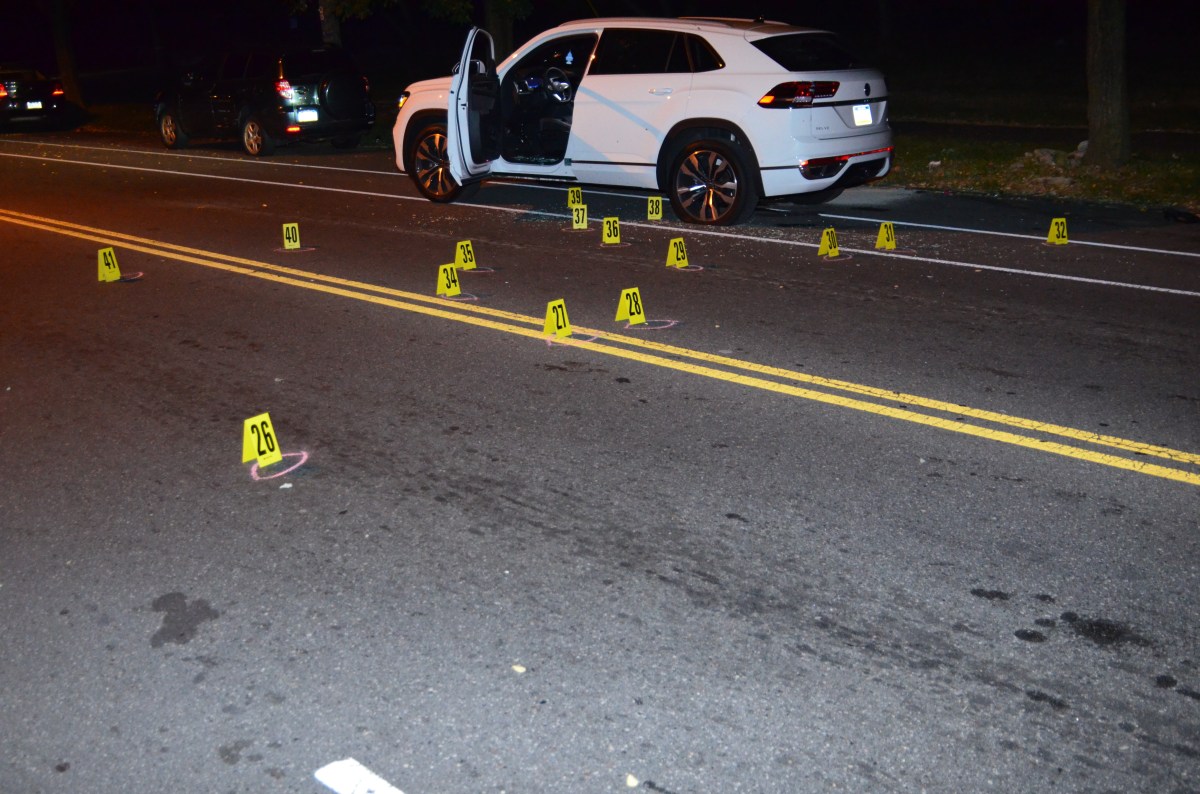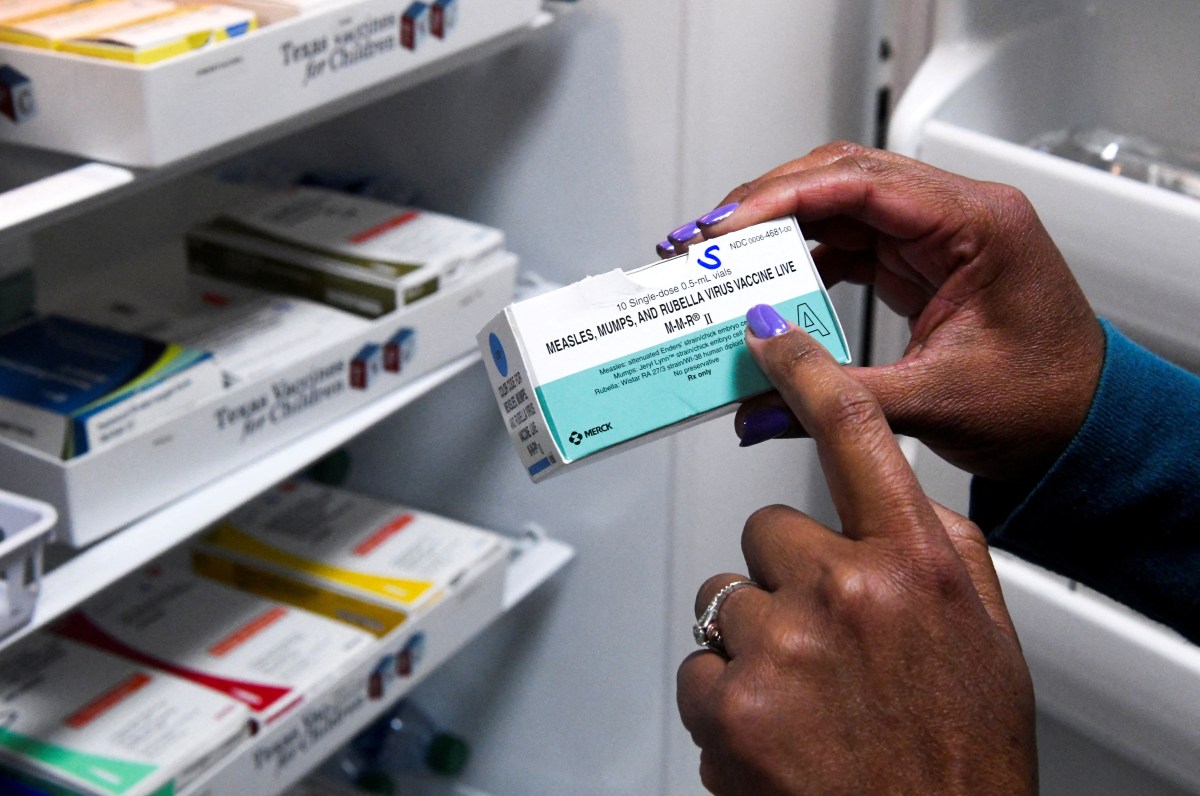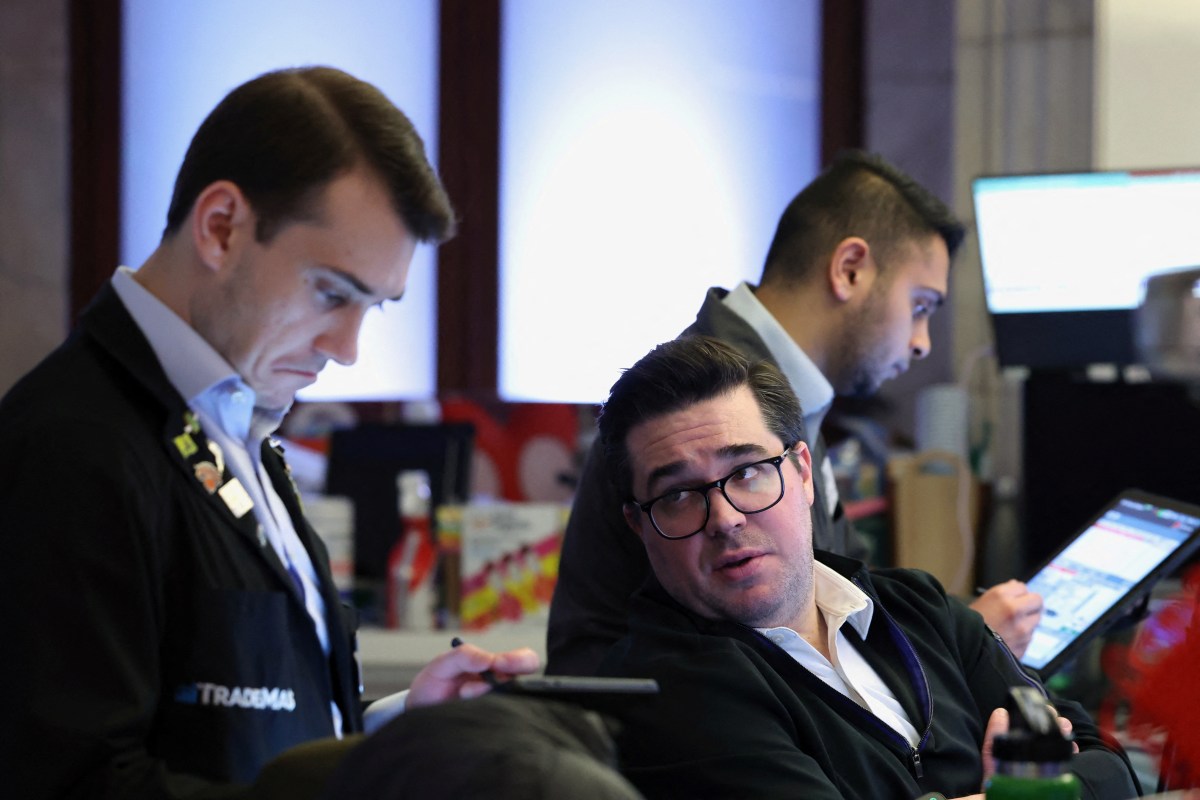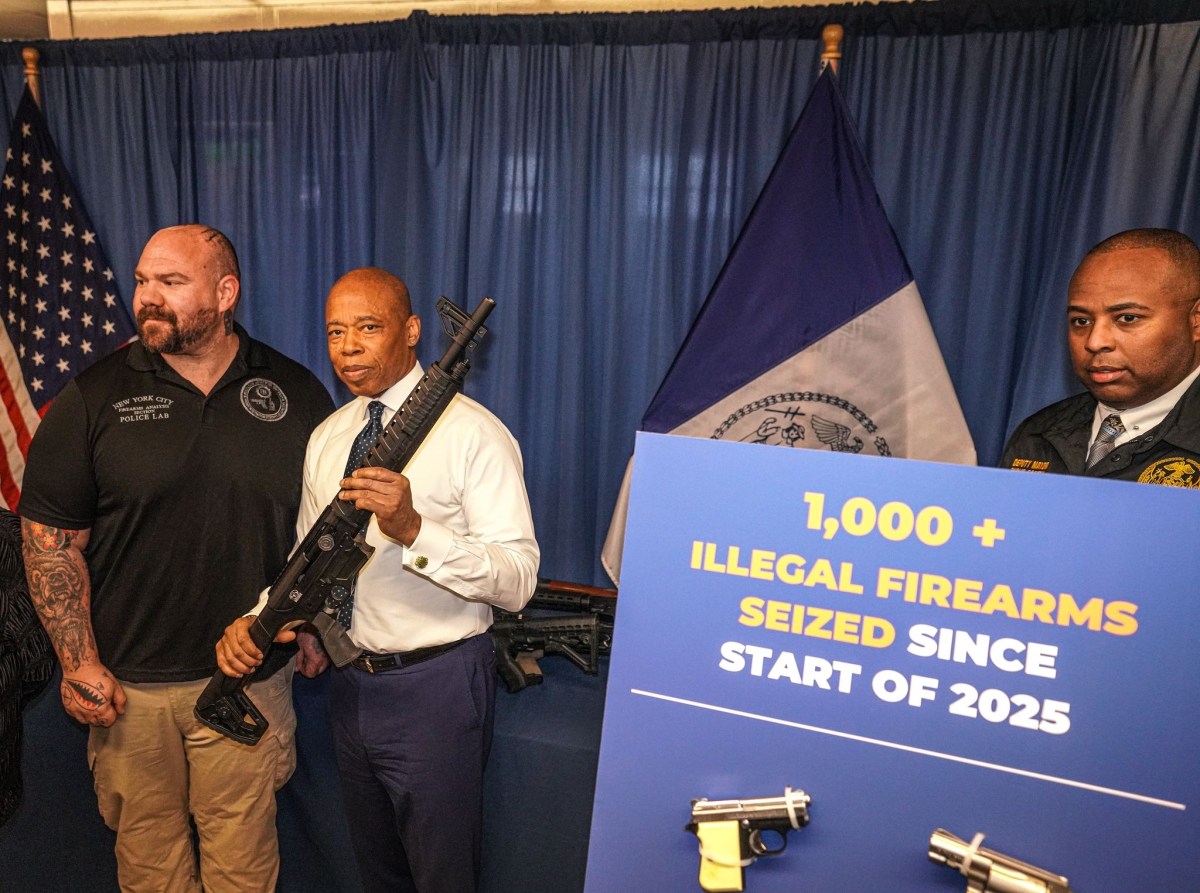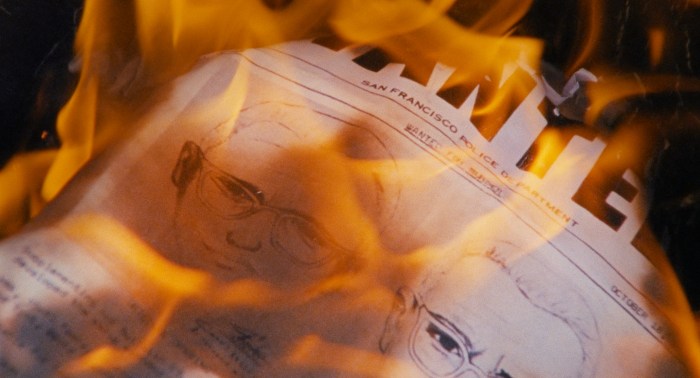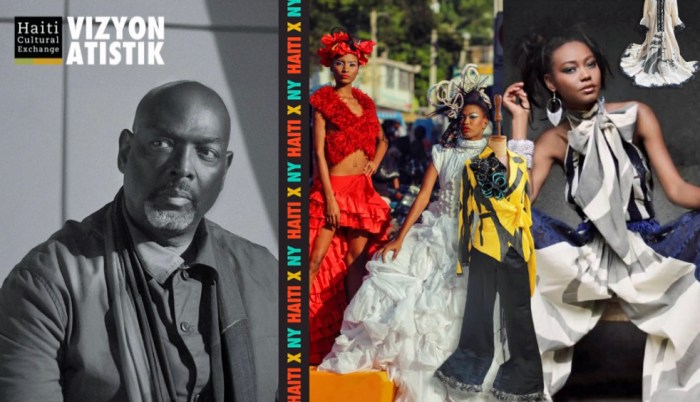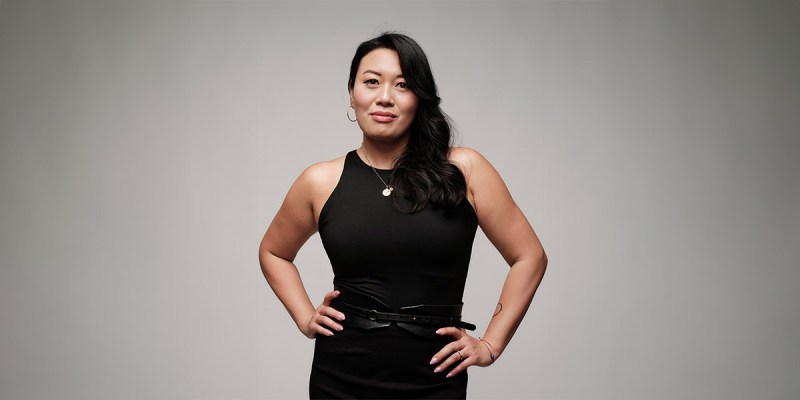MANILA (Reuters) – Benigno Aquino, the only son of the Philippines’ two enduring democracy icons and a former president of the Southeast Asian country, died in a Manila hospital on Thursday. He was 61.
Known popularly as Noynoy, he rode a wave of public emotion all the way to the presidency after his mother, Corazon Aquino, died in 2009.
He had carefully crafted an image as a corruption fighter, and won plaudits for a period of economic growth that helped dispel the Philippine’s “sick man of Asia” reputation.
A namesake of his father, whose 1983 assassination at Manila’s international airport sparked an uprising that toppled the Ferdinand Marcos dictatorship three years later, Aquino was the Philippines’ 15th president.
It was during his six-year-term starting in 2010 that the country’s long history of junk-debt status ended. Economic growth in those six years was at an annual average of 6.0 percent, the highest since the 1970s.
As president, Aquino took a tough line on tax evaders and launched criminal cases against former officials, including his predecessor Gloria Macapagal Arroyo, her family and allies.
His anti-graft crusade was founded on the goodwill generated by the family name and its reputation for probity in a nation where corruption was endemic.
Aquino was born on February 8, 1960, part of a wealthy and politically powerful clan. He has four sisters, including Kris, a popular film and television personality.
He remained a bachelor throughout his life despite being linked at various times to movie stars, journalists and a former Ms. Universe. A heavy smoker, he drove fancy cars, buying a Porsche early in his presidency.
Known for his easy-going demeanour, Aquino often wore loose shirts and baggy pants and made no effort to hide his balding head or a lack of polished public speaking skills.
He has been defined by his parents through much of his political life – his namesake father Benigno was exiled by Marcos and assassinated when he returned. His mother took up the cause and became president after the People Power revolution that drove Marcos from power.
Aquino was injured during an attempted military coup in 1987 during his mother’s presidency. Three of his bodyguards were killed and he was shot five times, and lived with a piece of shrapnel in his neck.
EMBRACED LEGACY
He served as Congressman and later a Senator in the Philippine Congress for 11 years, but his political career was lacklustre, giving support to key economic and political policies, especially those promoting transparency in government, but not championing any.
A wave of public grief and emotion after hundreds of thousands poured onto the streets for his mother’s funeral in August 2009 persuaded the soft-spoken Aquino to embrace his parents’ legacy.
His reign as president was not free from crisis.
In November 2013, Aquino had to deal with the devastation left by Typhoon Haiyan, one of the most powerful storms to hit the country. The super typhoon that ravaged towns and villages in the central Philippines killed more than 6,000 people.
Despite some gains in tackling corruption, his Mr Clean image was tainted by scandals over lawmakers’ misuse of public funds that same year.
Also that year, the Aquino government filed an arbitration case in The Hague to force Beijing to negotiate a peaceful settlement of the South China Sea territorial dispute between the Philippines and China.
In 2016, the court ruled that China has no historic title over the disputed waters, in a landmark decision hailed as a victory for the Philippines but which China refused to recognise
In Aquino’s fifth year in office, 44 commandos were killed in a botched operation to capture a wanted Malaysian militant and the president was heavily criticised for allowing a suspended police officer to be involved in planning and executing the raid.
Aquino returned to private life after his term ended in 2016 and has made only rare public appearances since. According to local media reports, he has been unwell for the past two years and was admitted to hospital earlier on Thursday.
(Reporting by Karen Lema; Editing by Raju Gopalakrishnan)










